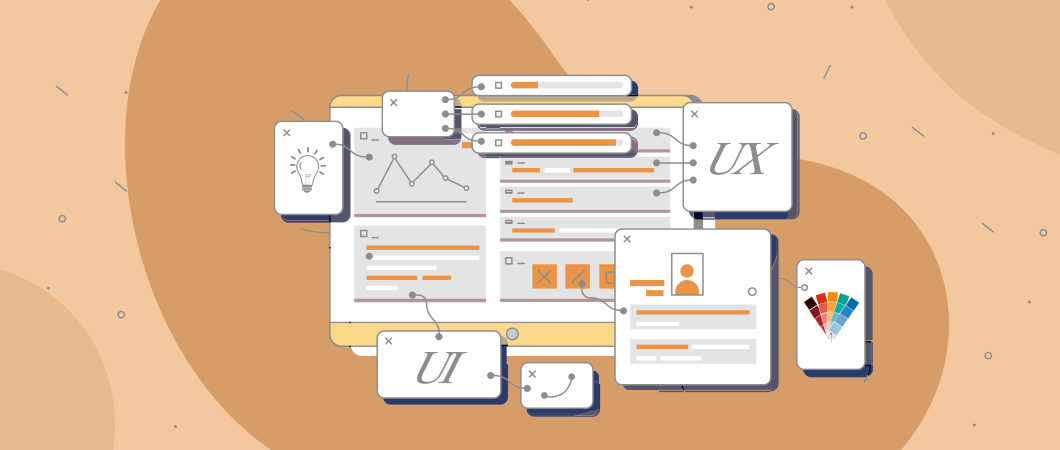In the world of software development, any new tool or approach that can help improve the quality and timeliness of product development is always sought-after. Right from Agile and DevOps approaches, to the cloud, AI, and more, development teams are constantly seeking ways to transform how they develop and release products.
One practice that is now aiding in quick and comprehensive development is design systems.
What is a Design System?
A Design System is a group of deliverables that brings together all elements of product development, allowing teams to better design, realize, and develop a product. Acting as a single source of truth, it provides teams with all the components and concepts they need across the development lifecycle– including functional and technical documentation, style guides, brand values, objectives, tools, resources, and development best practices.
Unlike style guides or pattern libraries that offer restricted options, a Design System provides a sea of assets and components that can be used in infinite ways to build a unique software product. Using the same elements in different ways and forms, allows developers to accelerate the pace of software development and keep pace with the changing demands of modern customers.
What purpose does it solve?
The fundamental purpose of a Design System is to aid teams with all the design elements, UX guidelines, and tools they need across the development process. Acting as a collection of repeatable components as well as a set of standards guiding the use of those components, it empowers teams to transform the pace and scale of development and innovation. By integrating different assets into one single location, it enables members from different departments to access the information they need, when they need it – helping holistic teams iterate products with speed and confidence.
In today’s highly dynamic development landscape, where new devices, browsers, and environments continue to proliferate, Design Systems allow teams to assemble components together and build any number of applications, paving the way for a convenient, centralized, and evolving roadmap of the product under development. Having ready access to a library of design patterns, guidelines, and instructions also helps in preventing inconsistencies – especially when products have to be delivered with acceleration at scale.
How can you build a robust Design System?
Building a robust Design System is not just about getting all development-related information together in one place; it requires you to take a systematic approach to create a centralized repository that provides all relevant information to relevant teams at the right place and right time. Here are some recommendations:
- Begin by deciding what data or resources will be part of your Design System. Have clarity on who is going to use the system, and how. Make sure to align teams around a clear set of shared goals and ensure everyone works in the same direction.
- Any change you make to the Design System must be clearly communicated; therefore, ensure all stakeholders are aware of any data or information that gets added or removed from the system.
- Decide how rigid or flexible you want the system to be; while a strict system will provide comprehensive and detailed documentation that is fixed, a flexible system will allow more opportunities for experimentation.
- Instead of cluttering the Design System with every possible technical and functional information, understand the profile and maturity level of people who are going to use the system and then integrate the required assets; make a decision on how many products you want to align, for how many platforms, and how many different technologies.
- Also decide on the degree of consistency you want across your Design System. Since components and patterns lie at the heart of the Design System, the level of consistency will play a big role in creating and delivering a seamless user experience.
- It also makes sense to carry out a comparison between a centralized and distributed model; while a centralized model puts one team in charge of managing and maintaining the system, a distributed model gives the reigns of the systems to multiple teams, improving accountability and responsibility.
If you want to consistently, efficiently, and quickly meet the needs of your customers, leveraging a Design System is a great strategy to adopt. Typically consisting of reusable components and standards, a design system offers detailed style guides and pattern libraries that help improve the quality, cost, and timeliness of modern products. The more integrated the system is with development workflows, the more it will influence the overall success of the product being developed.



